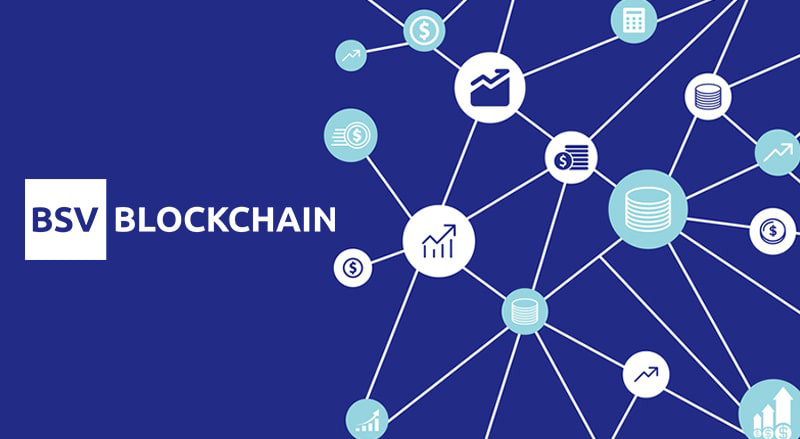In the current digital economy, microtransactions are not feasible as transaction fees do not support exchanging value as low as 1/100th of the cent.
When the BSV blockchain is used as infrastructure, this constraint does not apply. Microtransactions enabled by the BSV blockchain are bound to bring forth new business models across various industries.
Enterprise products and business models that could be disrupted by blockchain microtransactions
How microtransactions can enhance Social Media applications
In the context of social media, the current ecosystem provides the exchange of information without charging any monetary value from the users. This forces the organisations to generate revenue by sharing and selling personal information of the users, displaying unwanted advertisements, and at times, psychologically manipulating the users by influencing their choice.
Another aspect to consider here is that the owner of content is the platform hosting the content, giving no value or benefit to the content creator. The simplest way to look at this situation is that when a content creator publishes anything on social media, the reward given in terms of ‘likes’ or ‘re-publishing’ has no tangible value.
The BSV blockchain solves the above two issues – first by providing immutability to anything written on blockchain and hence content cannot be modified or manipulated, second by enabling microtransactions. A real world transaction at the time of writing demonstrates a microtransaction is shown below.
The capability of microtransactions vis-a-vis micropayments provided by the BSV blockchain lets content owners monetise the content and gives users the power to own their private and personal information.
Social media is just one such industry. Let’s briefly consider other domains that could be disrupted by the enablement of microtransactions.
Applying microtransactions to software development and IoT
In the developer ecosystem, open-source libraries, frameworks etc. can be charged via microtransactions benefitting the whole community.
With the Internet of Things becoming more and more pervasive, monetising API calls at granular levels is just one of the capabilities blockchain provides. One such implementation uses micropayments to measure the uptime of the websites and overall network monitoring services. It uses devices such as mobile phones of common people, the service provided by devices is monetised using microtransactions, enabling distributed network intelligence in the most accurate sense.
Microtransactions open up a whole new set of opportunities for enterprises by providing a strategic advantage of benefiting the users in the ecosystem.
Applying microtransactions to the Healthcare and Public sectors
Within the Healthcare industry, patients’ data is currently owned by the digital platform they subscribe to. By utilising blockchain, the owner of a patient’s record is the patient itself and using microtransactions, they can even monetise the data by selling the same for research.
The patient’s medical records and history can be stored using the Metanet protocol* which not only provides one view to all the associates such as medical practitioners, pharmacy, health insurance etc. but also it has potential to resolve much more critical aspects such as the opioid crisis.
In the Public sector, an establishment such as the central government can use the Metanet protocol to create separate sub-ledgers such as election ledger, real estate registry ledger, cash ledger, healthcare ledger and so on and link these to its citizens. Each ledger is inherently a graph structure and provides native benefits of blockchain.
*Metanet is the term given to value-based Internet. It utilises native capabilities of the BSV protocol, such as immutability, right ownership of data and microtransactions.
eBook: Enterprise blockchain products using the BSV blockchain
To learn more about the properties of the Bitcoin protocol, how the BSV blockchain’s implementation distinguishes it from other enterprise-scale blockchains and the applications and products that can be built using Bitcoin SV blockchain, download our new eBook.
